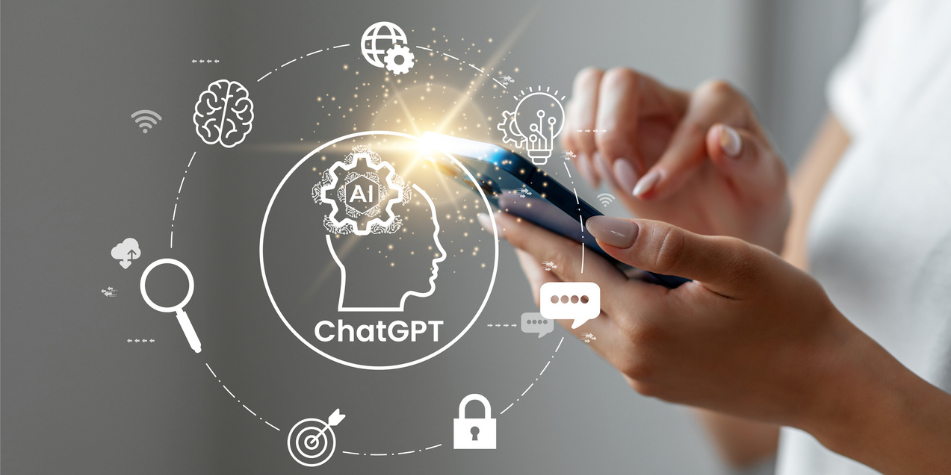ChatGPT-5: The good and bad of the most widely used new artificial intelligence model

After months of anticipation and many rumors, OpenAI has finally officially unveiled ChatGPT-5, its most advanced artificial intelligence model to date, which seeks to reaffirm its leadership in the sector. This model not only improves on its predecessors but also changes the way humans interact with AI in several ways.
The new ChatGPT-5 is now available to all ChatGPT users, both free and paid, and to developers via an API. The biggest innovations of this new model are its multimodal capabilities, structured reasoning, and persistent memory in a single architecture.
This means that GPT-5 can understand and generate text, images, audio, and video within a single conversation. Sam Altman, CEO of OpenAI, has noted that the experience with GPT-5 is comparable to "conversing with a PhD expert in any subject." This multimodal integration eliminates the need to use separate tools for different tasks.
On the other hand, its context window—the way it searches, analyzes, and optimizes data before responding—has been expanded to one million tokens, up from the base 128,000 in ChatGPT-4o, allowing it to process large volumes of information more efficiently. Just to give you a baseline: 32,000 tokens are equivalent to 50 pages of generative text.

Photo: iStock
The first is its attempt to organize and consolidate the model's offering into four versions: GPT-5, for high-level logic tasks; GPT-5 Mini, focused on cost efficiency; GPT-5 Nano, prioritizing speed and low latency; and GPT-5 Chat, optimized for contextual conversations and business environments.
The other thing is that the model is designed to function as an autonomous agent, meaning it can perform complex tasks with minimal human supervision, such as generating software, preparing reports, organizing calendars and appointments, reading and responding to emails, etc., which brings it closer to the vision of a General AI that not only responds but also acts proactively.
Persistent memory is another new feature. The model can recall past conversations and adapt to long-term goals, allowing for more consistent and personalized interactions over time , as it will be able to "remember" and therefore "learn" better from daily use, making it "more human."
For this reason, for example, it can help you study a subject for weeks, remembering your progress and adapting the content. Furthermore, the model's structured reasoning offers more precise and coherent answers.
Unlike previous versions, ChatGPT-5 can anticipate and explain its decisions, reducing hallucinations and errors and providing more reliable results.
Another good news is that, given the stiff competition from Google, Meta and Anthropic, Open AI announced alongside ChatGPT-5 two new free generative AI models, gpt-oss-120b and gpt-oss-20b , which users can customize and is a healthy return of the company to its open source roots for certain products.

Photo: iStock
One of the most criticized changes was the removal of the model selector, a crucial tool for advanced users who customized their workflows by choosing between different versions of the AI. This change generated significant discontent among the community, which saw its control and customization capabilities frustrated.
While this won't be a problem for the vast majority of users of the model, as they've practically never used other models or switched between them based on their needs, for the more advanced and corporate users this is an important issue, for which they even pay to have access.
Faced with the wave of discontent, OpenAI had to back down and allow paying subscribers to continue using the GPT-4o model. This decision highlights that while unification can be advantageous for casual users, flexibility and control remain essential for a significant segment of the user base.
ChatGPT and other AI prices in Colombia- ChatGPT Plus costs $20 per month (about 80,000 pesos) with access to GPT-5.
- Microsoft Copilot Pro costs 93,000 pesos per month and integrates AI into applications such as Word, Excel, and PowerPoint.
- Google Gemini Advanced costs $19.99 per month (about 80,000 pesos) and includes additional benefits such as 2 TB of storage for Google Drive, Gmail, and Google Photos.
- Anthropic, with its Claude Pro model, also costs $20 a month.
eltiempo





